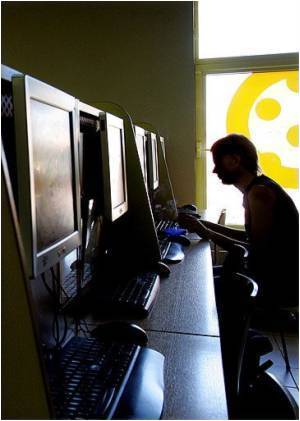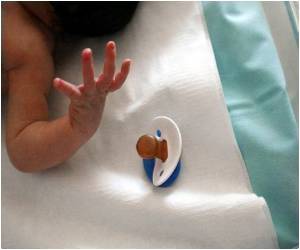Scientists at Disney Research, Pittsburgh, and Carnegie Mellon University's Robotics Institute have created computerized models derived from actors' faces that reflect a full range

"We can build a model that is driven by data, but can still be controlled in a local manner," said J. Rafael Tena, a Disney research scientist, who developed the interactive face models based on principal component analysis (PCA) with Iain Matthews, senior research scientist at Disney, and Fernando De la Torre, associate research professor of robotics at Carnegie Mellon.
Tena, De la Torre and Matthews created their models by recording facial motion capture data from a professional actor as he performed sentences with emotional content, localized actions and random motions. To cover the whole face, 320 markers were applied to enable the camera to capture facial motions during the performances.
The data from the actor was then analyzed using a mathematical method that divided the face into regions, based in part on distances between points and in part on correlations between points that tend to move in concert with each other. These regional sub-models are independently trained, but share boundaries. In this study, the result was a model with 13 distinct regions, but Tena said more regions would be possible by using performance capture techniques that can provide a dense reconstruction of the face, rather than the sparse samples produced by traditional motion capture equipment.
The study has been presented at SIGGRAPH 2011, the International Conference on Computer Graphics and Interactive Techniques in Vancouver.
Source-ANI










